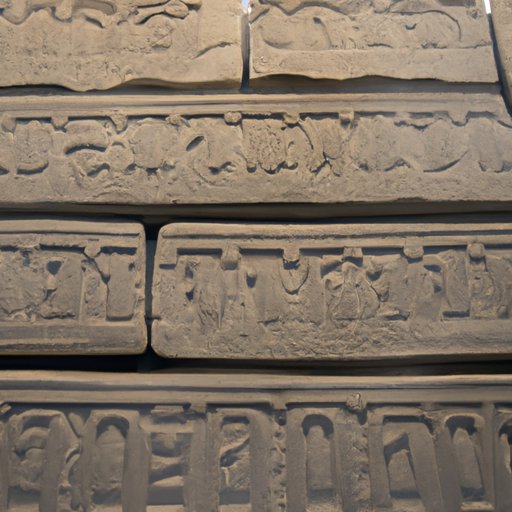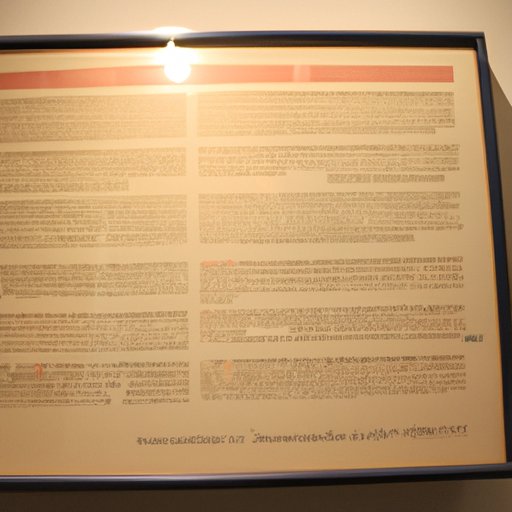
Overview of Cuneiform and When It Was Invented
Cuneiform is an ancient form of writing that dates back to around 3200 BC in Mesopotamia. It was developed by the Sumerians, who used wedge-shaped symbols to represent words and ideas. This type of writing was used for many centuries and had a significant impact on the development of ancient civilizations. But just when was cuneiform invented? Let’s take a look at the origin and history of this ancient script.
What is Cuneiform?
Cuneiform is an ancient form of writing that was developed by the Sumerians of Mesopotamia. It is believed to be the first form of written language and was used to record a variety of things such as laws, transactions, and literature. The Sumerians created a system of wedge-shaped symbols that could be pressed into soft clay tablets. These symbols could then be used to represent words and ideas.
Origin and History of Cuneiform
The earliest known examples of cuneiform date back to around 3200 BC in Mesopotamia. It is believed that the Sumerians developed this type of writing to keep track of their agricultural production, as well as other aspects of their culture and society. Over time, cuneiform was adopted by other cultures in the region and eventually spread across the entire ancient Near East. By the end of the 2nd millennium BC, cuneiform had become the dominant writing system in the region.
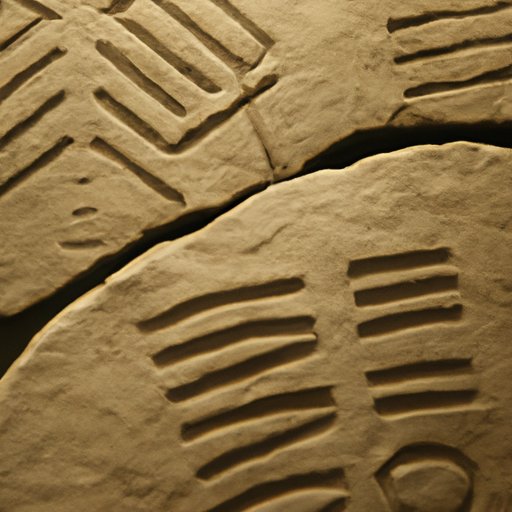
Earliest Known Examples of Cuneiform
The earliest known examples of cuneiform are from the Uruk period in Mesopotamia (3200-3000 BC). These examples were inscribed on clay tablets and contained simple pictograms and symbols. As time progressed, the complexity of the writing system increased and more symbols were added. By the middle of the 2nd millennium BC, cuneiform had evolved into a fully developed writing system that was used to write a variety of languages, including Sumerian, Akkadian, and Hittite.
A Historical Timeline of Cuneiform Invention
In order to understand when cuneiform was invented, it is important to look at the historical timeline of its development. The following timeline outlines the major milestones in the evolution of cuneiform:
- 3200 BC – Early Sumerian Cuneiform: The earliest known examples of cuneiform date back to this period. These examples were inscribed on clay tablets and contained simple pictograms and symbols.
- 2500 BC – Development of Cuneiform Over Time: Over time, cuneiform was adopted by other cultures in the region and eventually spread across the entire ancient Near East.
The Development of Cuneiform Over Time
The development of cuneiform was a long and gradual process. The Sumerians initially used pictograms and symbols to represent objects and ideas. As time progressed, these symbols began to represent sounds and eventually full words. This allowed the Sumerians to create a written language that could be used to communicate ideas.
Sumerian Inventions: Cuneiform and Its Role in Ancient Civilization
The invention of cuneiform was one of the most important inventions of the Sumerian civilization. It allowed them to record information and communicate ideas in a way that had never been done before. This type of writing also allowed the Sumerians to develop complex social and political systems. Cuneiform was used to keep records of transactions and laws, as well as to record literature and religious texts.
How Did Cuneiform Impact the Ancient World?
The invention of cuneiform had a significant impact on the ancient world. It allowed the Sumerians to create a written language that could be used to communicate ideas and record information. This type of writing also allowed the Sumerians to develop complex social and political systems. Furthermore, cuneiform allowed for the exchange of ideas between different cultures, which helped to spread knowledge and technological advancements throughout the ancient world.
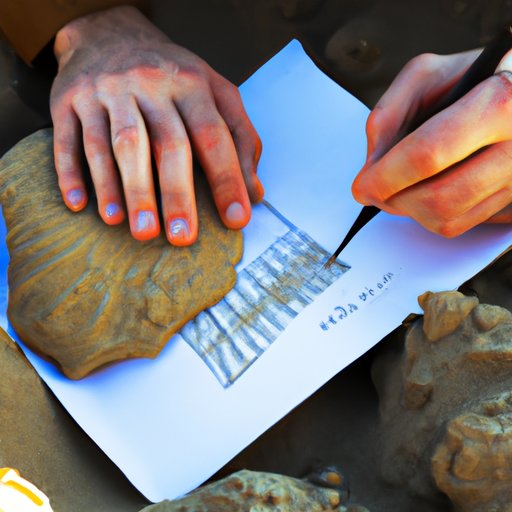
Archaeological Discoveries: Uncovering the Origins of Cuneiform
In recent years, archaeologists have uncovered a wealth of information about the origins of cuneiform. Excavations in Mesopotamia have revealed thousands of clay tablets that contain cuneiform writing. These tablets provide insight into the development of cuneiform and its role in ancient civilization.
Uncovering the Artistry and Purpose of Cuneiform Writing
The discovery of these clay tablets has also provided insight into the artistry and purpose of cuneiform writing. Cuneiform was used to record a variety of things such as laws, transactions, and literature. It was also used to create beautiful works of art such as seals and cylinder seals. These artifacts provide insight into the culture and society of the ancient Sumerians.
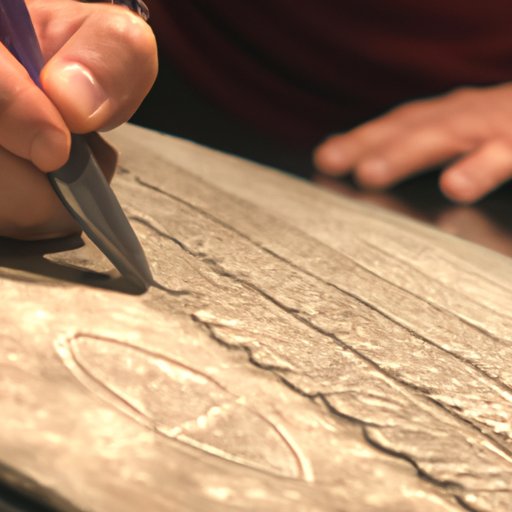
Exploring the Artistry and Purpose of Cuneiform Writing
In addition to providing insight into the origins of cuneiform, the discovery of these artifacts has also helped to shed light on the artistry and purpose of cuneiform writing. Archaeologists have been able to uncover a wealth of information about the symbols used in cuneiform writing and how they were used to communicate ideas and record information.
By studying the symbols used in cuneiform writing, archaeologists have been able to gain insight into the culture and society of the ancient Sumerians. They have also been able to uncover the use of cuneiform in different cultures, such as the Babylonians, Assyrians, and Hittites.
Conclusion
The invention of cuneiform is one of the most important inventions of the ancient world. This ancient form of writing dates back to 3200 BC and was developed by the Sumerians of Mesopotamia. Cuneiform allowed the Sumerians to create a written language that could be used to communicate ideas and record information. It also allowed for the exchange of ideas between different cultures, which helped to spread knowledge and technological advancements throughout the ancient world.
Today, cuneiform is still studied by scholars and archaeologists who are interested in understanding the origins of this ancient form of writing. Through their research, they have been able to uncover a wealth of information about the symbols used in cuneiform and how they were used to communicate ideas and record information. Cuneiform continues to be an important source of information about the ancient world and its impact on modern society.
(Note: Is this article not meeting your expectations? Do you have knowledge or insights to share? Unlock new opportunities and expand your reach by joining our authors team. Click Registration to join us and share your expertise with our readers.)
